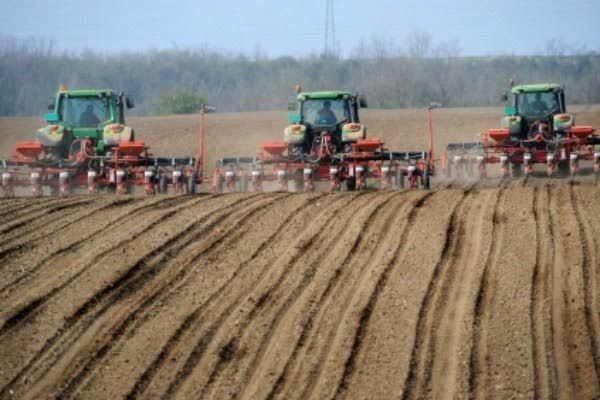Population: A Growing Problem For The World
Jun 23, 2019 • 32 views
Population Growth
Two centuries ago, R.T. Malthus propounded a theory of the relationship between population growth and economic development. He wrote an essay in 1798 on 'The principle of population' and drew the concept of diminishing returns. He said that population will grow at geometric rate ( i.e. 10, 20, 40,80... ) whereas, at the same time food supplies increase only at a roughly arithmetic rate ( I.e. 10, 20, 30, 40...). That is to say, that the resources cannot match the pace of population growth.
Population grows fast in the developing countries. India's population explosion neutralises the benefits of its economic progress. Most of the economic activities take place in cities which offer a hope for a better life. So there is a pressure on available resources in the cities. Expanding cities encroach on surrounding areas, converting for its use- any kind of land, including fertile fields. Land is also utilised for infrastructure, such as roads, industries, tourist facilities, and educational complexes. Better land - use planning, creation of satellite towns, and other measures are necessary. Pollution explosion has also added pressure on food, forests, water supply and energy resources. If proper steps for population control are not taken, the country will face serious consequences in the near future. One must remember that man must control nature and he must also control his numbers.
Population Problems
The growing pressure of population on resources base, especially on arable lands, has created many social - economic and environmental problems. The population problems differ from region to region.
Most of the world population lives in the developing countries. China and India have about 20% and 16% respectively of the total world population. The developing countries have over three - fourth of the total world population. Rapid growth of the population, unemployment, inadequacy of housing and health, diminishing resources are the problems affecting the developing countries.

Increased Demand For Agriculture
Rising population needs more land for farming to meet the increased demand for food. Demand for land is also enhanced by some external interests. For example, forests are cleared to convert the land to grasslands in order to provide fodder for cattle. All this adds pressure on land and contributes towards land degradation and soil pollution.
Intensive farming operation exhaust the soil of its nutrients. The fertilisers and pesticides used to enhance production get washed off the field and pollute rivers and lakes and sometimes leach into the sub - surface and lower the quality of the groundwater. Moreover, both fertilizer production and irrigation require energy; the harnessing of energy takes toll of the environment.


Unemployment
In most of the developing countries, the population is largely dependent on agriculture. There are very limited opportunities for the semi - skilled, unskilled and highly educated people. The rural areas are the places wherefrom large number of unskilled workers migrate to cities, thus creating pressure on the land.
